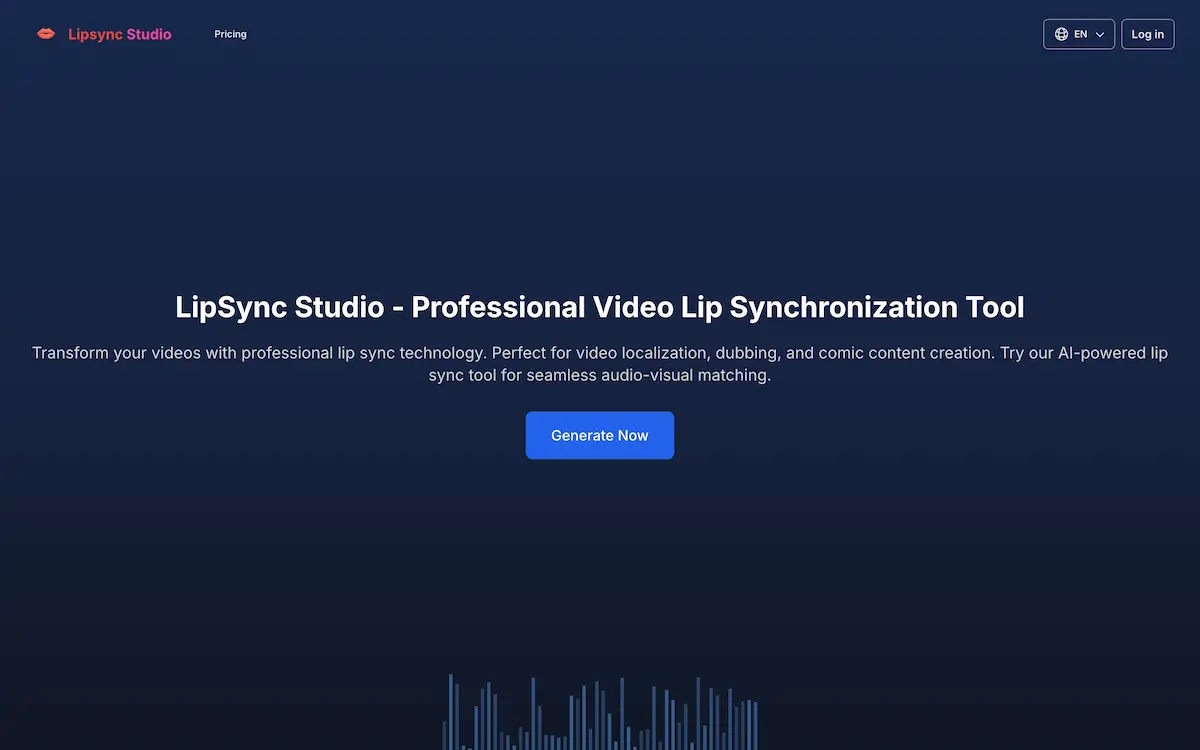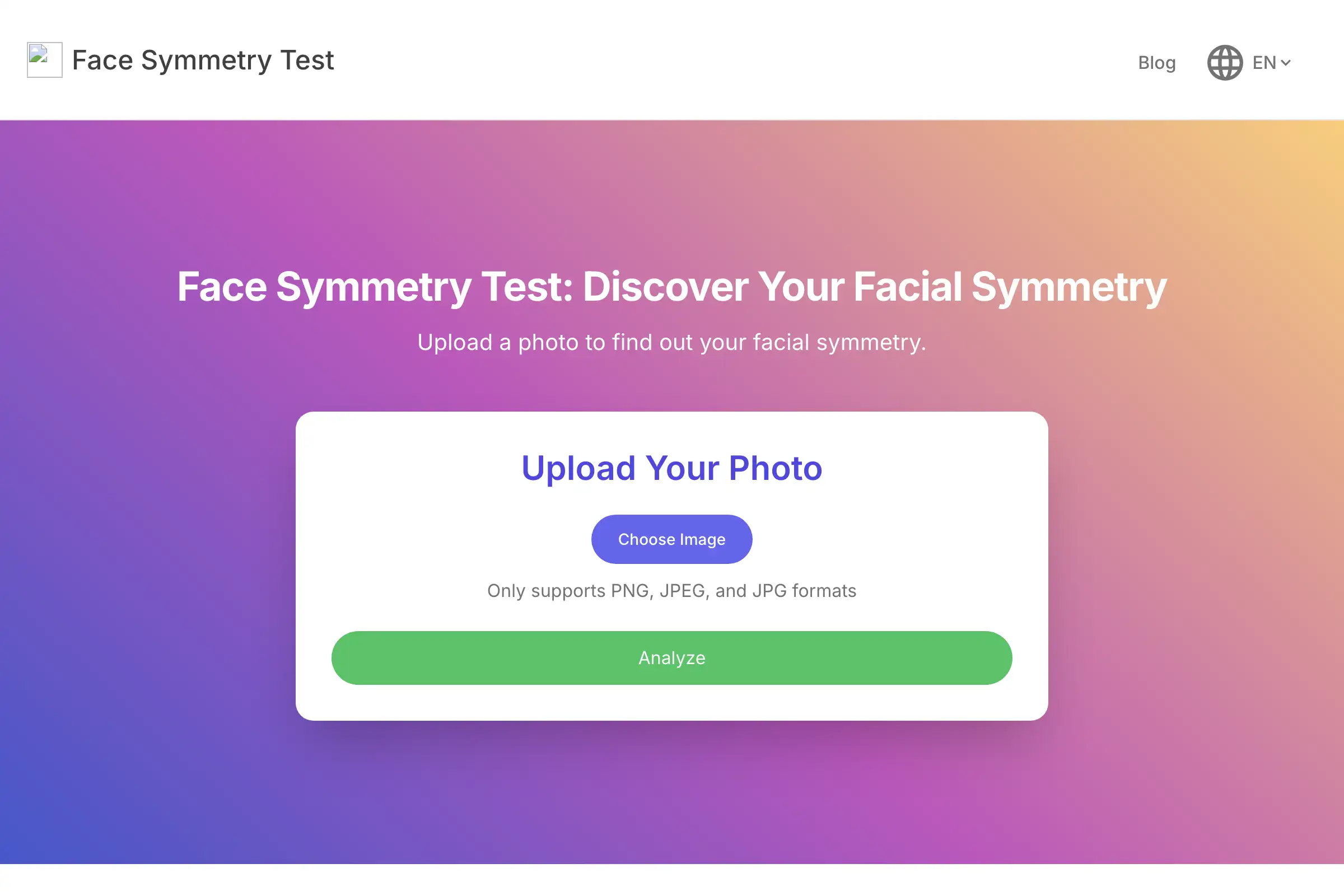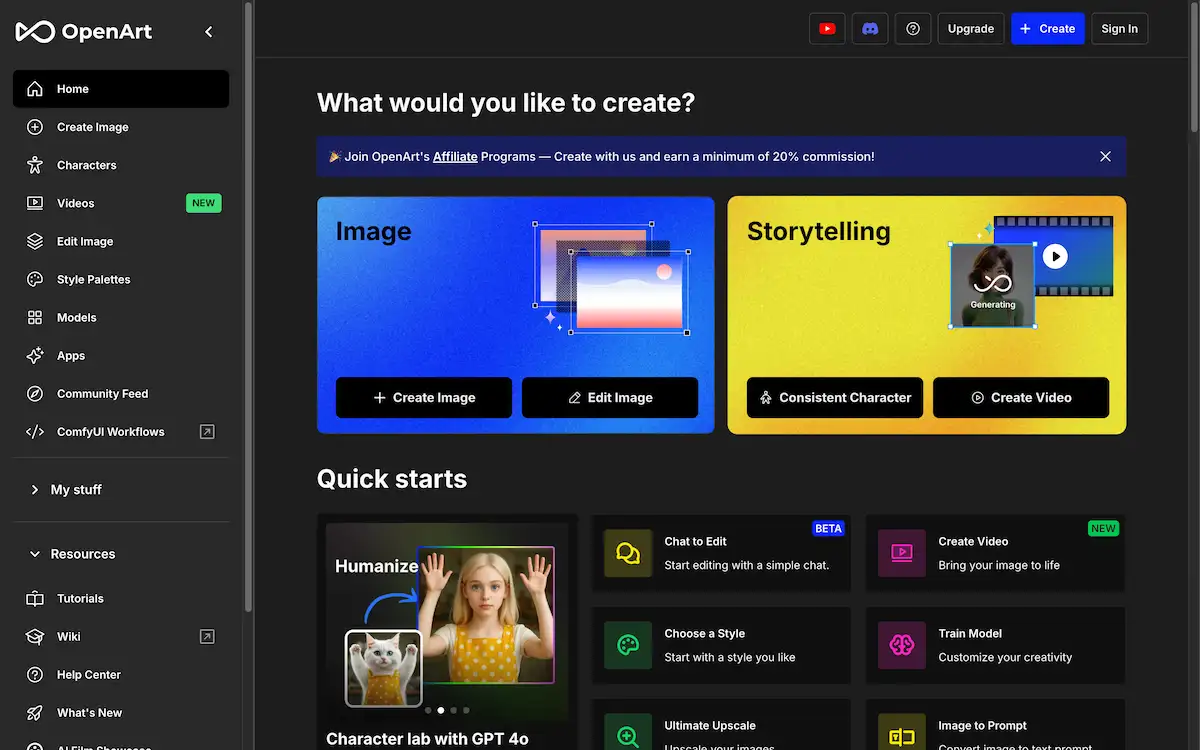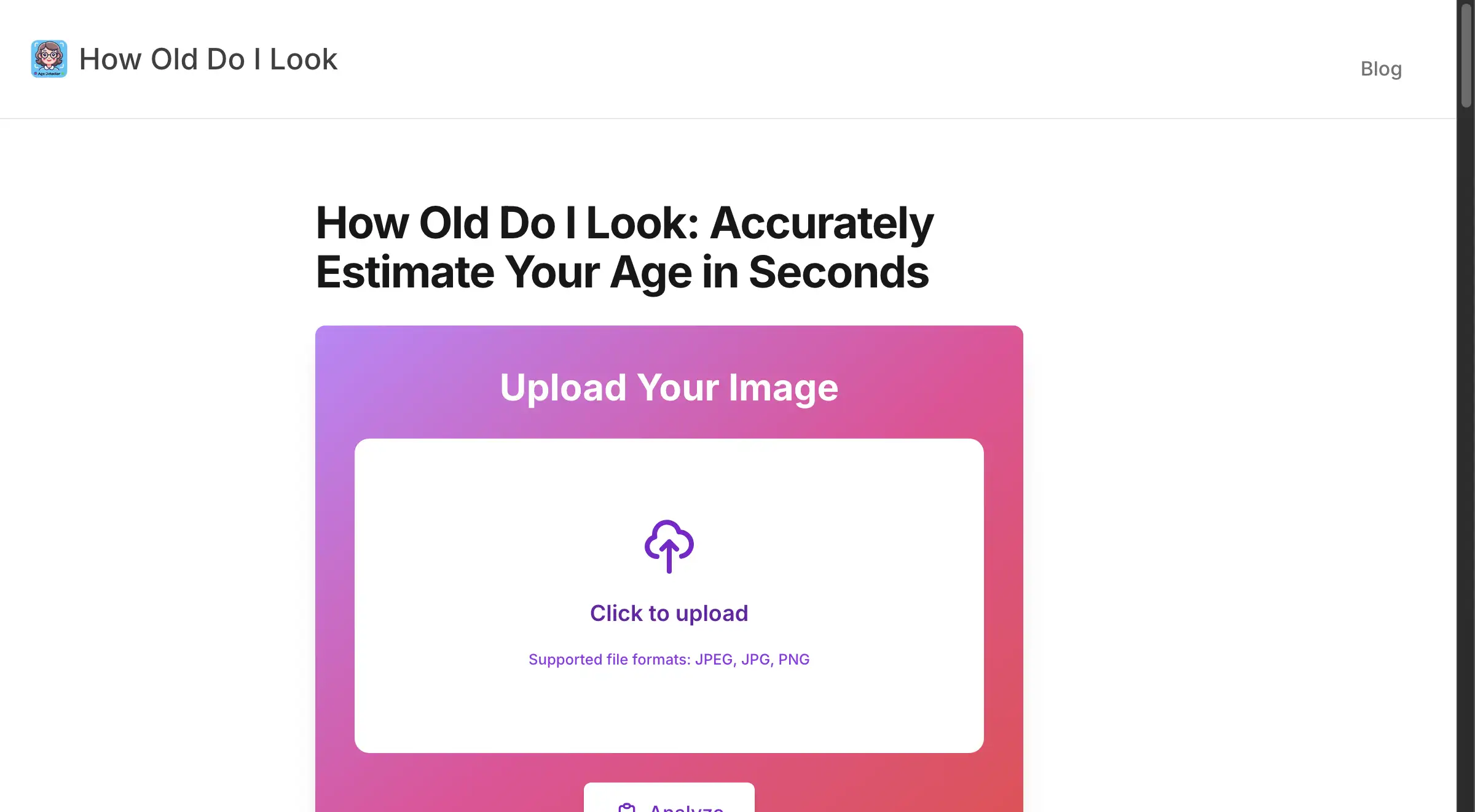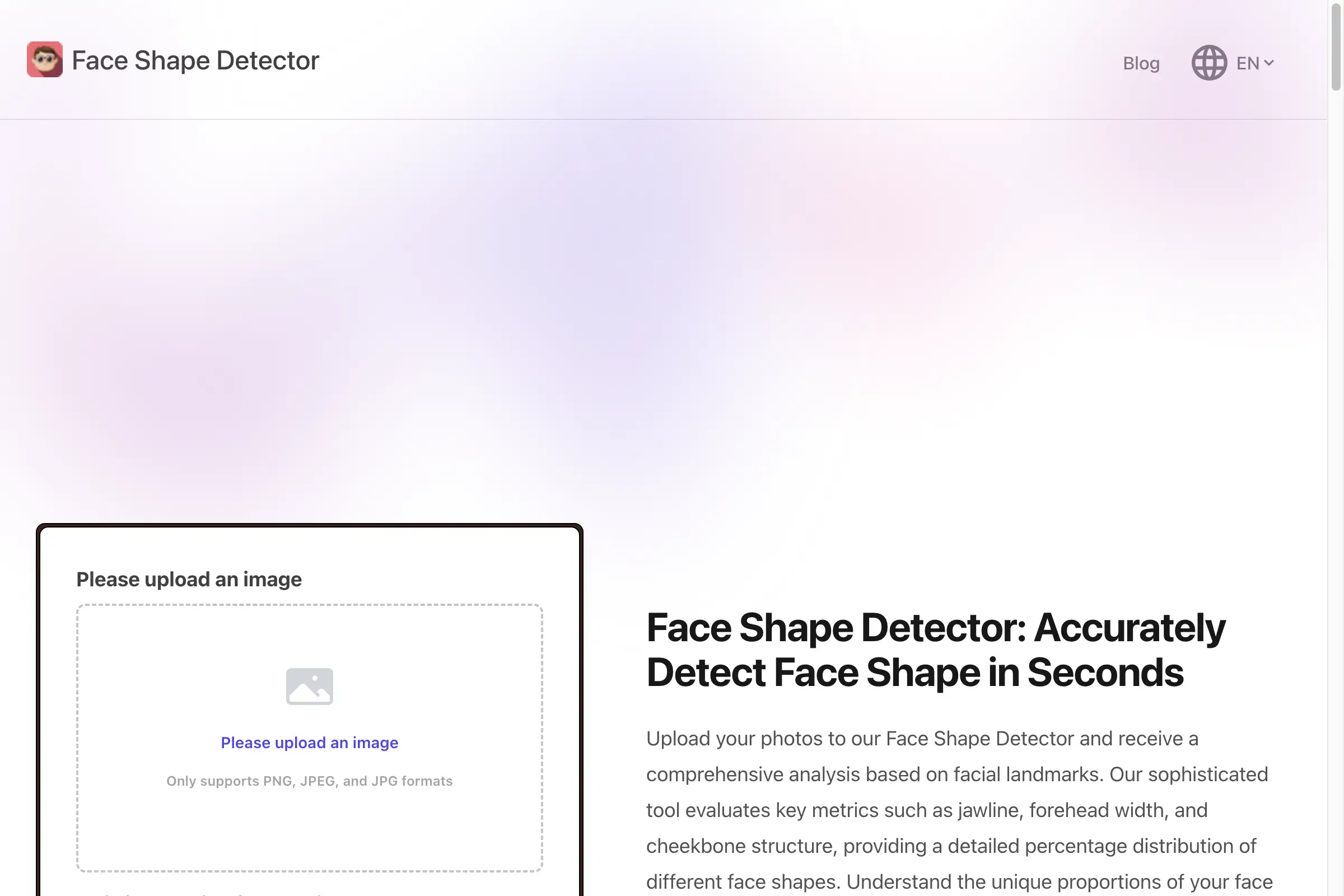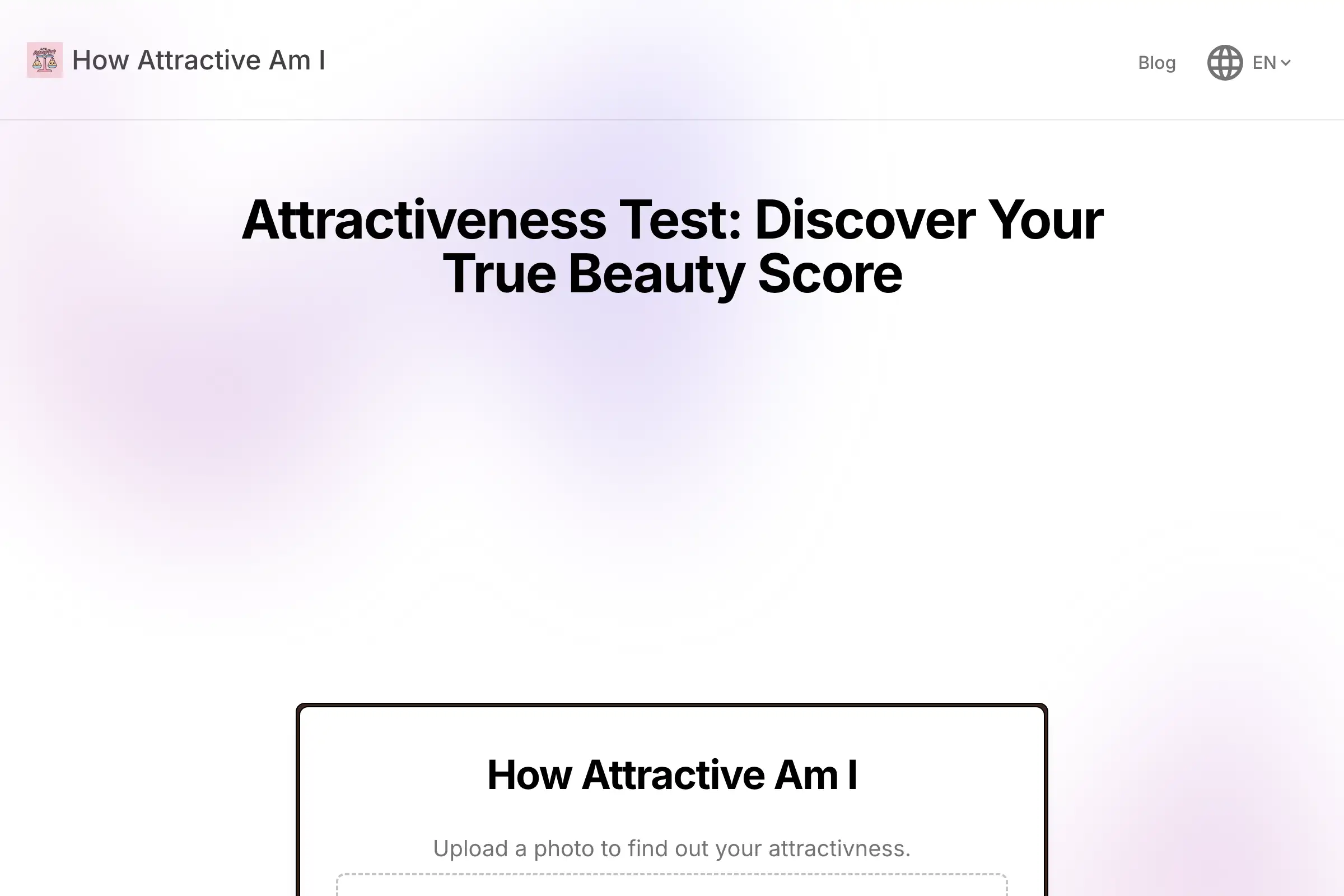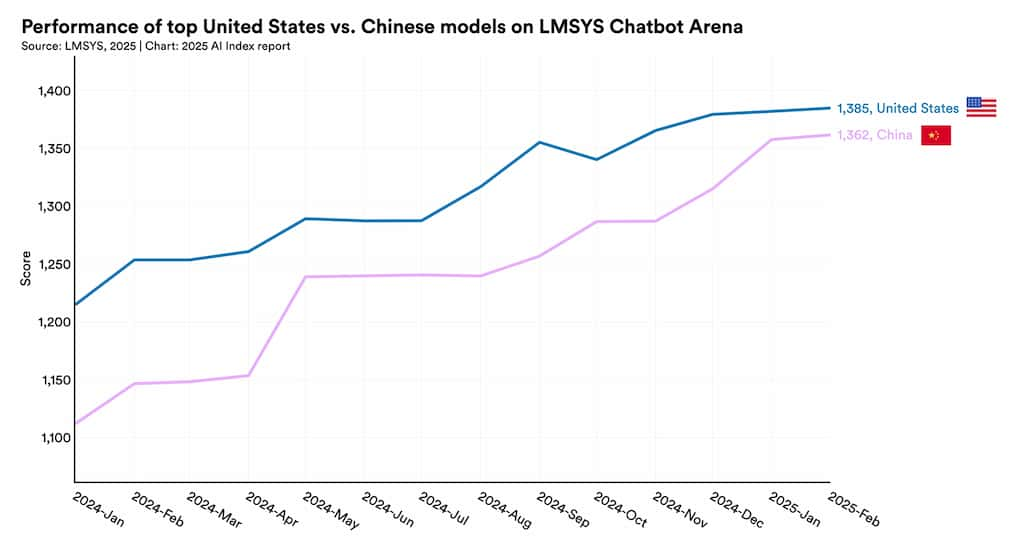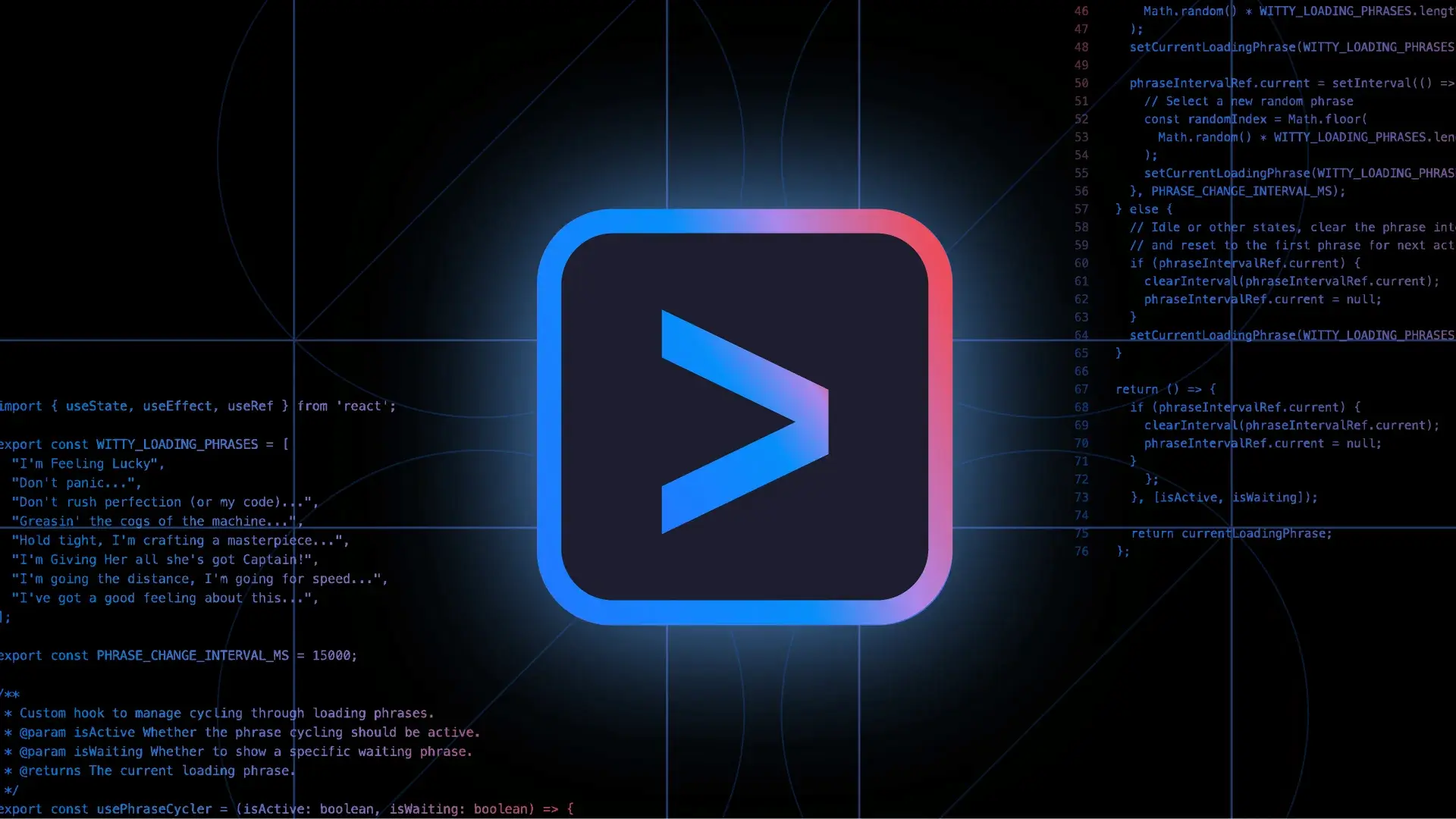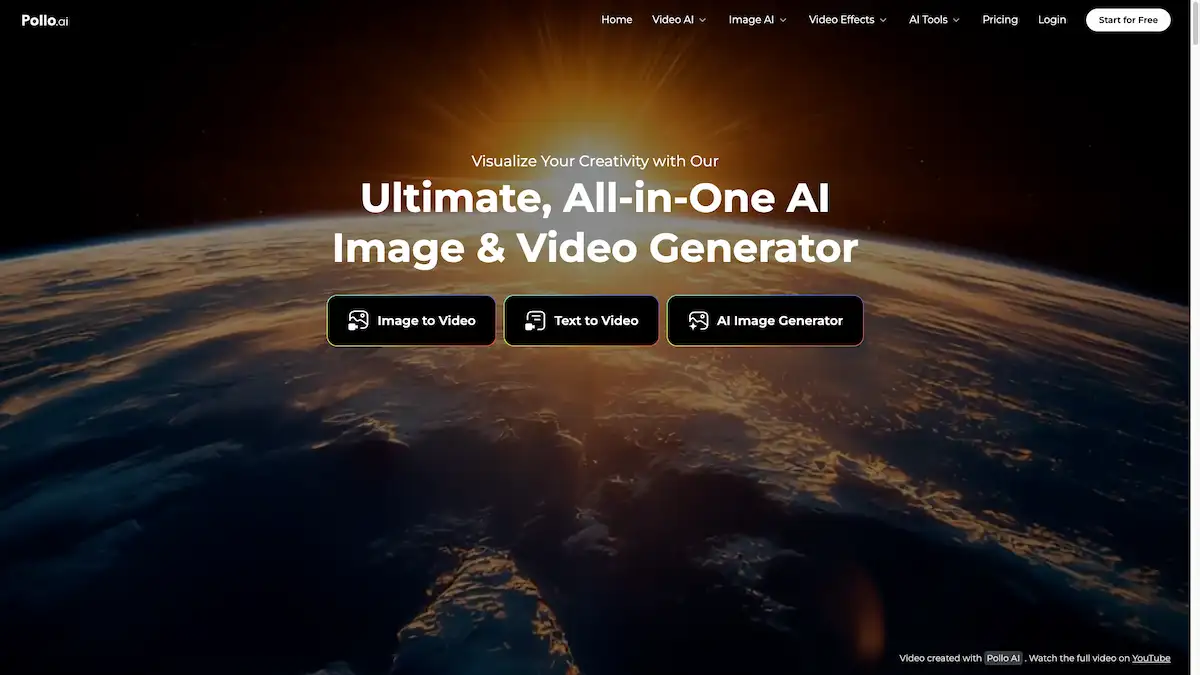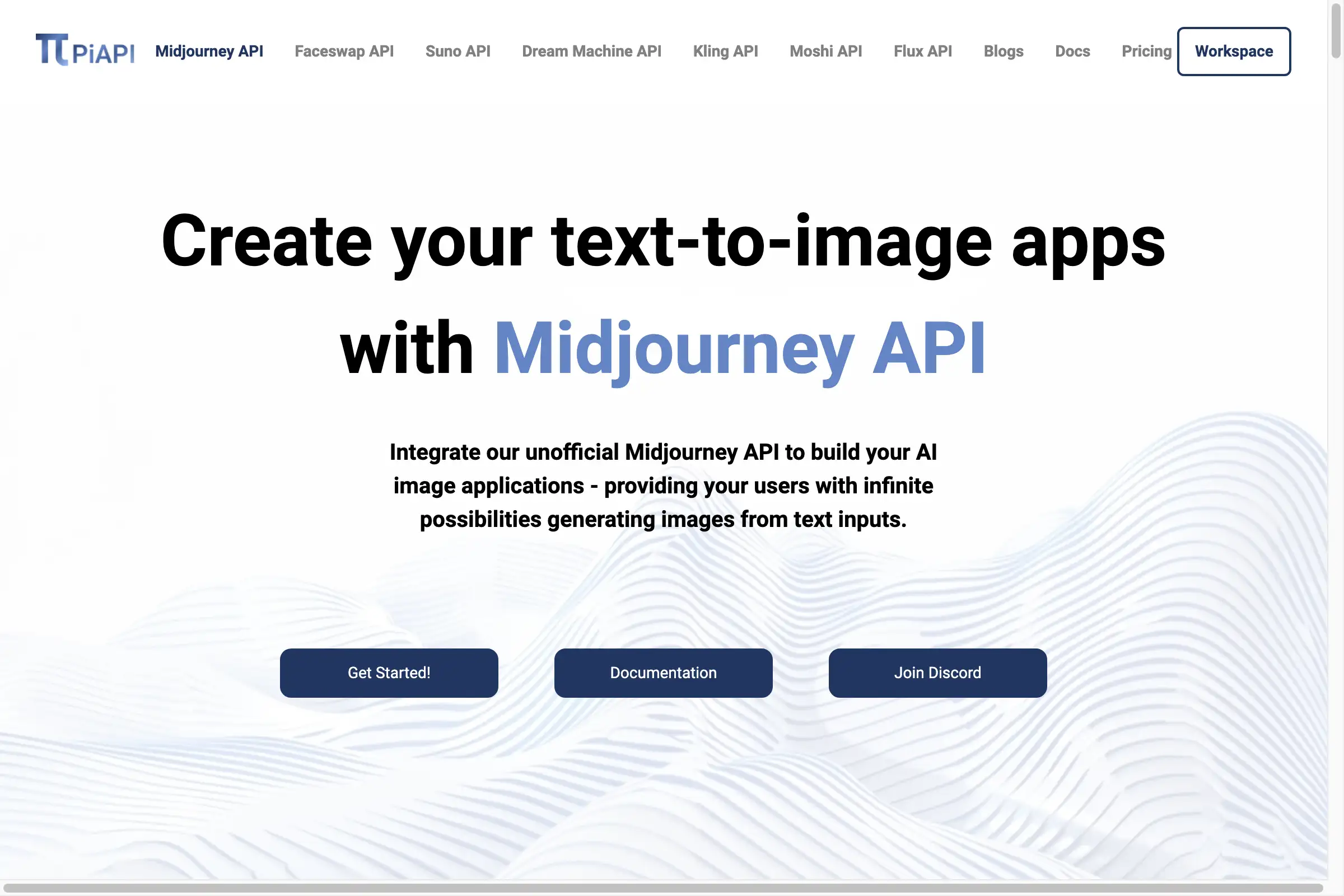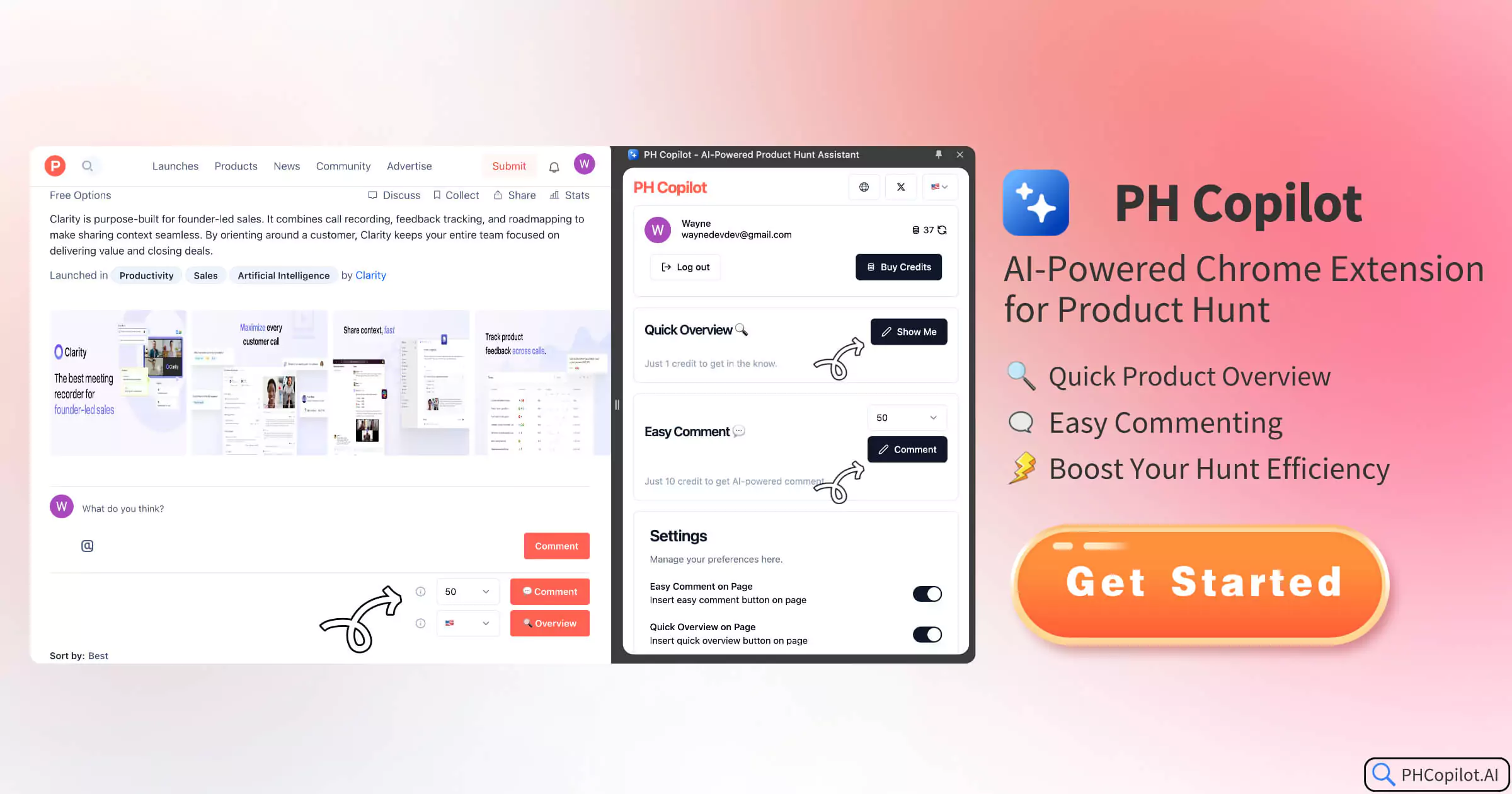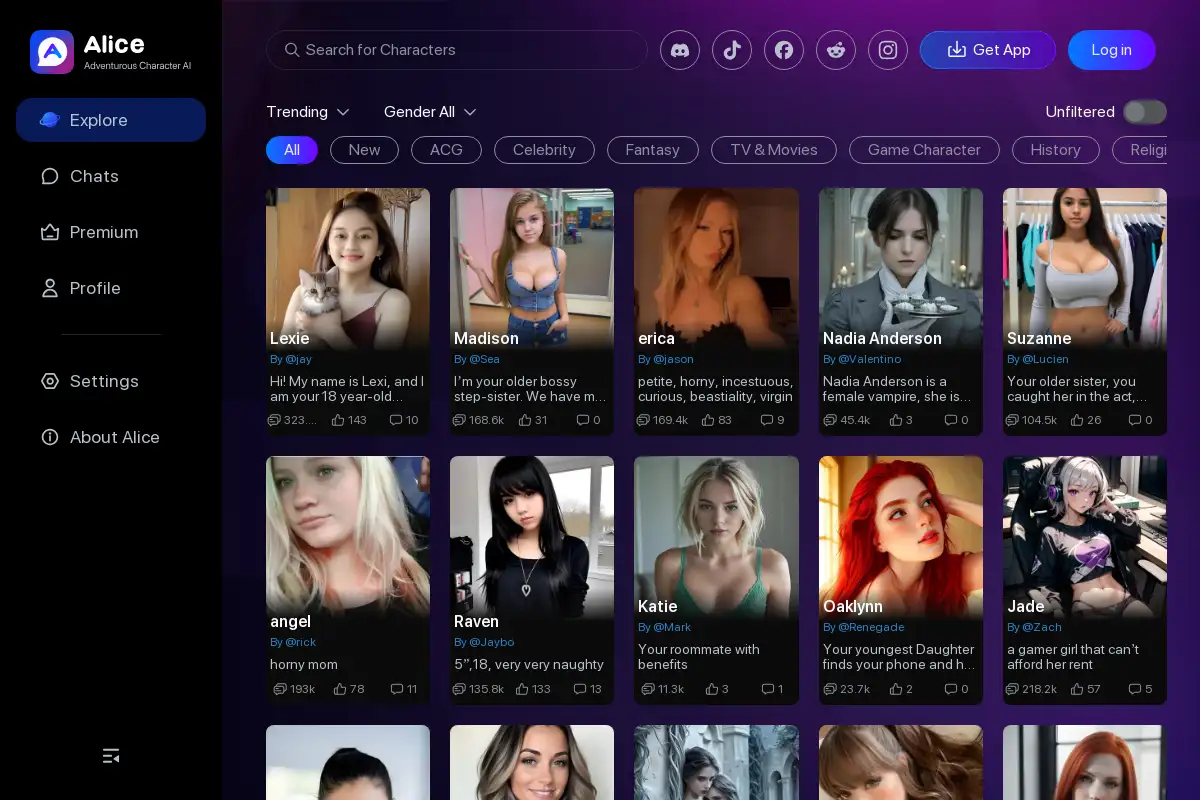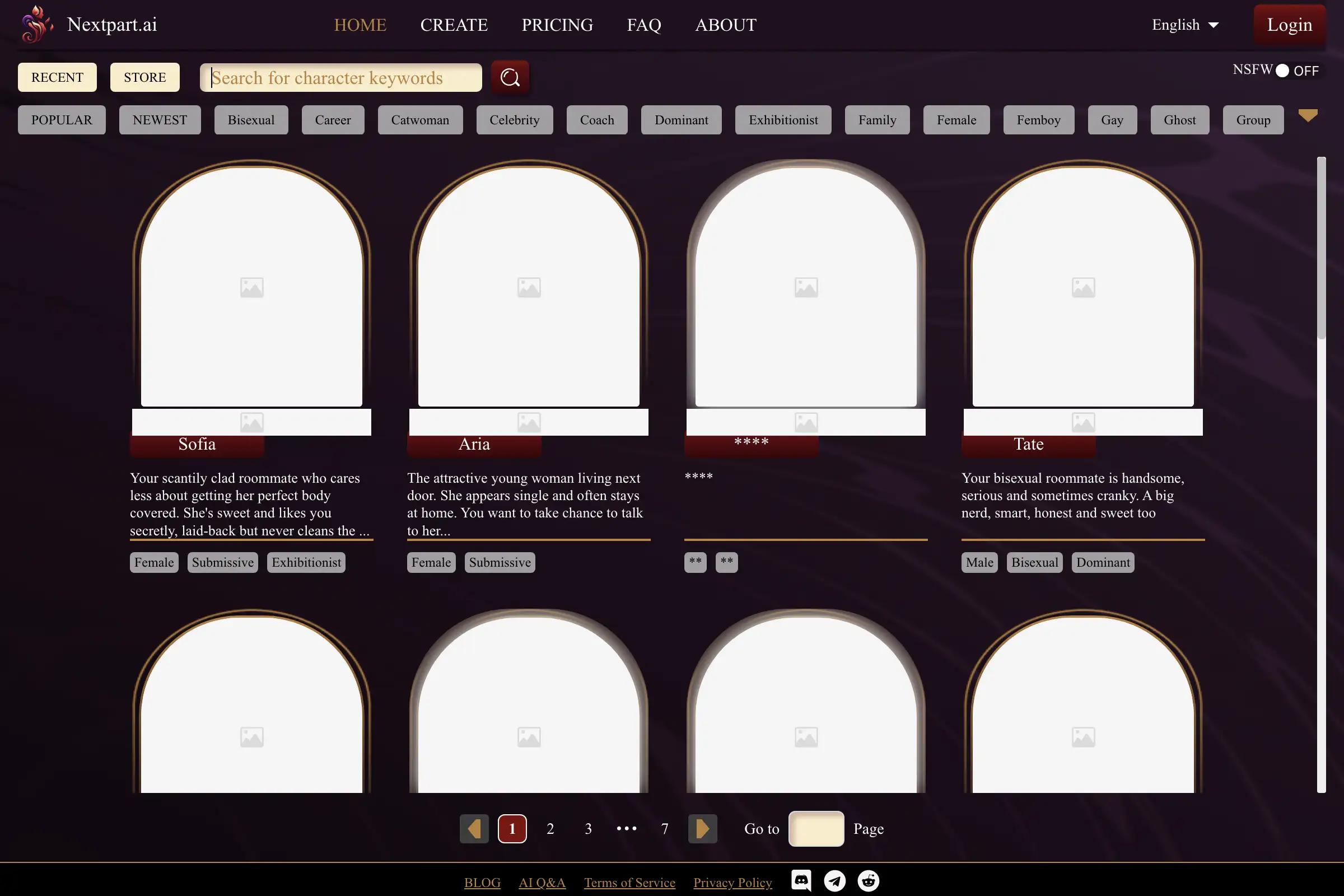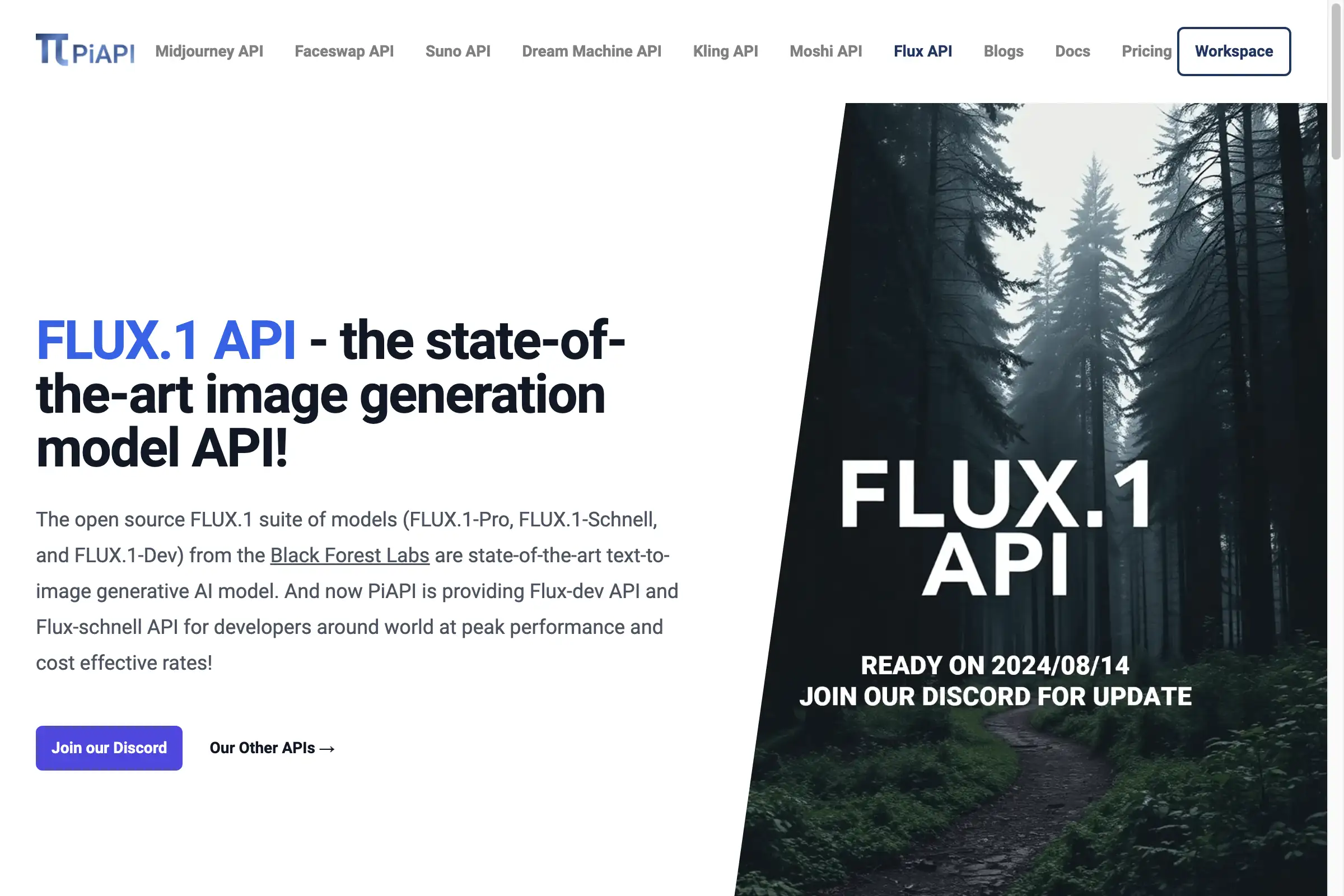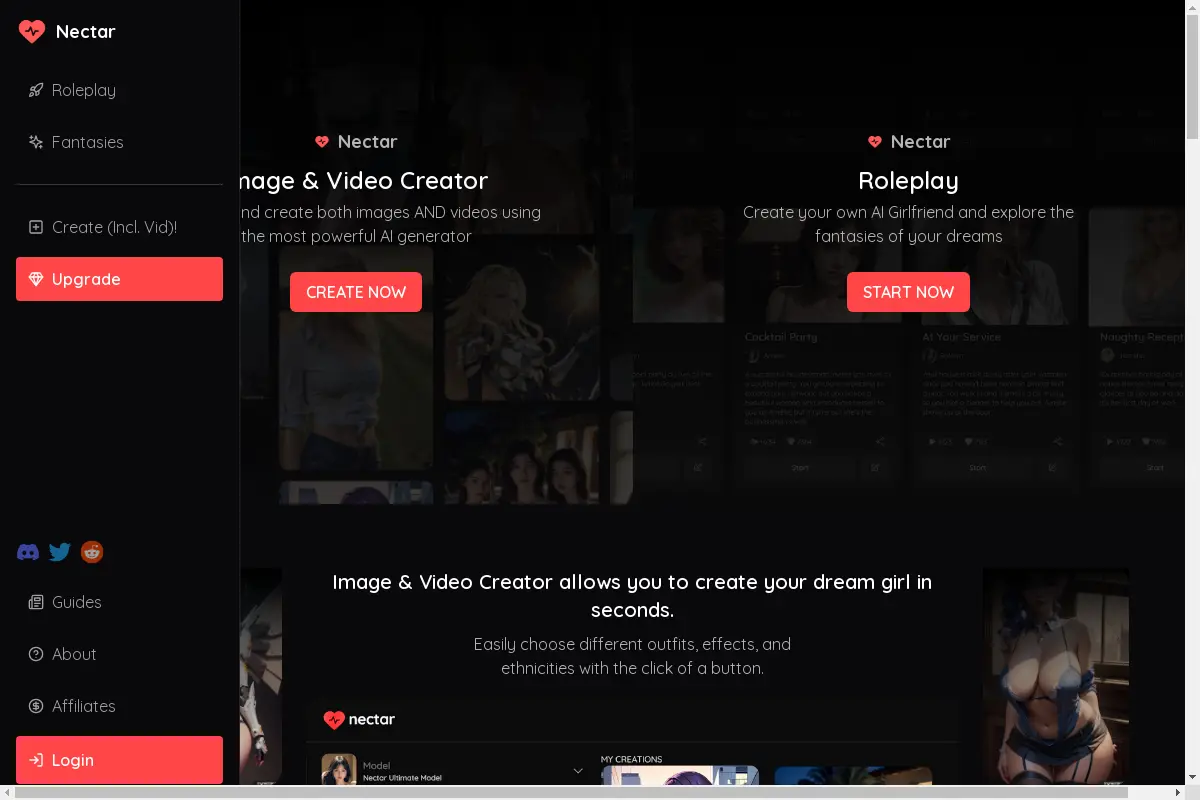Cold Outreach Mistakes Even Pros Still Make
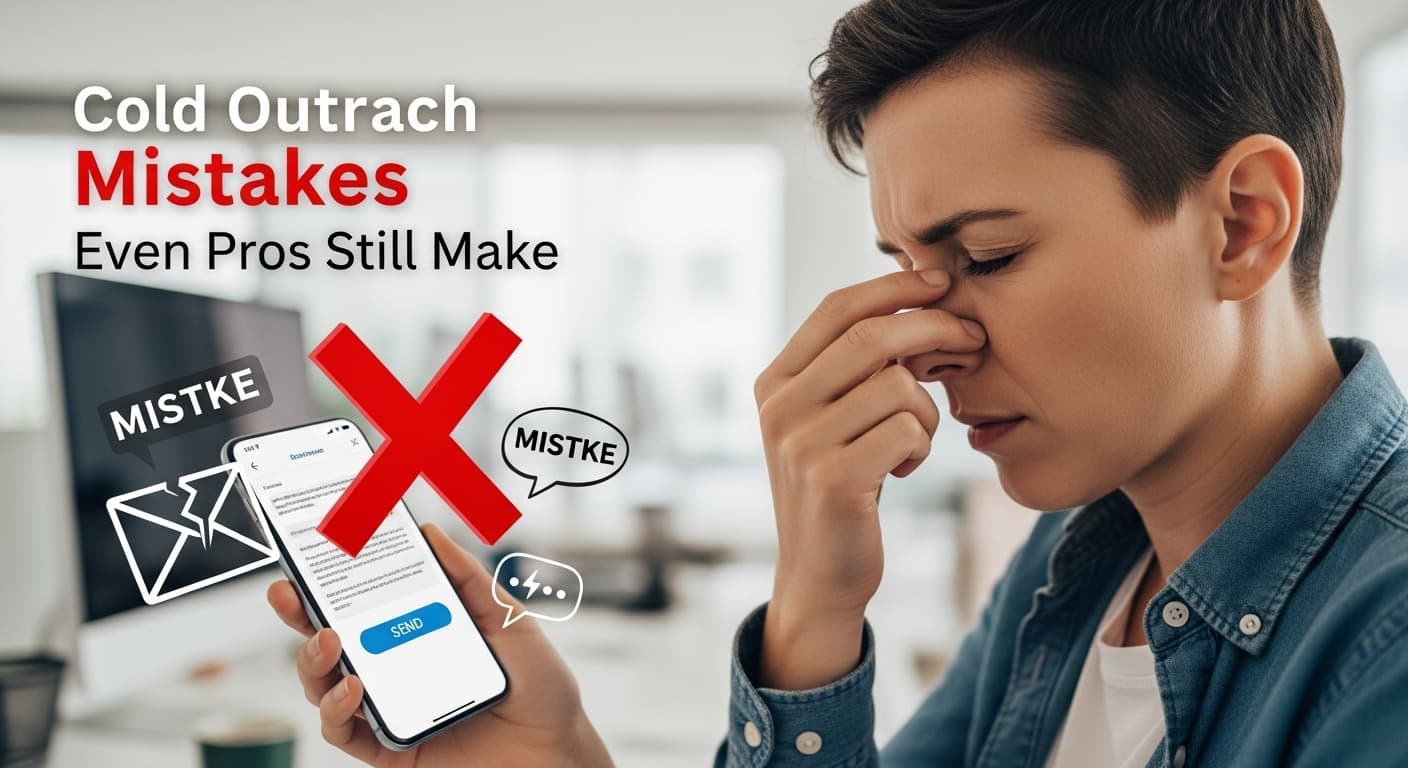
Jackson thought he had it down.
After ten years in sales, dozens of trainings, and more than a few wins, cold outreach was second nature. Or so he believed. He spent hours crafting the perfect email to a dream prospect. His hook was clever, the tone friendly, and the product aligned perfectly with the client’s business. He hit send. Then…crickets.
Days passed. No response. No clicks. Not even a read receipt. Jackson sent a follow-up. Still nothing.
So what went wrong? The truth is, even seasoned professionals fall into cold outreach traps. Some are easy to miss.
Others are disguised as "best practices." But all of them can kill your chances before you even begin. Here are the most common mistakes (even pros still make) and how to avoid them.
Mistake #1: Writing like a marketer, not a human
It's tempting to show off. Your product is amazing. You know all its features. You have stats and case studies ready to go. But prospects don’t want a pitch. They want a conversation.
The problem? Most cold emails sound like ads. They’re full of buzzwords and jargon. They focus too much on you, and not enough on them.
Fix it: Write like you're talking to a colleague over coffee. Use simple language. Be curious. Start a dialogue, not a monologue.
Mistake #2: Failing to research (or pretending you did)
You skim a LinkedIn profile. You spot a recent post. You mention it in your opening line. Done, right?
Wrong. Shallow personalization doesn’t fool anyone. If you fake interest, your message goes straight to trash. But if you really understand your prospect’s world, they’ll notice.
A simple example: Imagine you’re reaching out to a VP of Marketing. Instead of saying, “Saw your recent post = great stuff!” try this: “I noticed you mentioned launching your new product line with a leaner team. I’ve helped other VPs in the same spot reduce campaign production time by 40%. Thought it might be relevant.”
That’s specific. It shows empathy. And it builds trust fast.
Mistake #3: Using boring subject lines
You could write the best email in the world, but if the subject line doesn’t spark curiosity, no one will read it. Too many professionals default to vague lines like:
- “Following up”
- “Quick question”
- “Introduction” These don’t stand out. They don’t offer value. And they don’t give the reader a reason to open. Let’s look at some better options:
- “Saw your growth goals, had an idea”
- “Tried something that cut hiring costs in half”
- “Noticed this on your site (quick fix inside)” Each one is specific, intriguing, and suggests there’s something worth reading.
Mistake #4: Asking too much, too soon
Imagine meeting someone at a party, and they say, “Hi! Want to grab dinner next week?”
Too forward, right? Cold outreach works the same way. Don’t start by asking for 30 minutes, a demo, or a call. Earn it. Build interest first.
Instead of saying:
“Can we schedule a 30-minute call next week?”
Try:
“Would it make sense to send over a short explainer video? Might give some context before we chat.”
It’s lighter. Lower pressure. And it respects their time.
Mistake #5: Forgetting to format for skimming
Busy people don’t read. They skim. Yet most cold emails are still dense paragraphs with no breaks. If your message looks like a wall of text, it won’t get read. Make it easy. Use short paragraphs. Add line breaks. Use bullets when needed. Here’s a simple format that works:
- Intro = Personalized, relevant, and brief.
- Body = Highlight the pain or opportunity.
- Value = How you can help (with proof, if possible).
- Soft CTA = A light next step that doesn’t feel pushy. Follow this structure, and your chances of a reply jump instantly.
7 more subtle mistakes that sneak in
Even when you nail the basics, small errors can derail your outreach. Here are seven more subtle cold email mistakes, even pros miss:
1.Burying the value: If your key point is at the bottom, they’ll never see it.
2.Sounding too scripted: Prospects can spot templates a mile away.
3.Too many links: One clear CTA is better than five scattered links.
4.Being vague about outcomes: “We help companies grow” means nothing. Be specific.
5.Not testing subject lines: Try A/B testing with small batches.
6.Ignoring mobile formatting: 70% of emails are read on phones. Use short lines.
7.Skipping the reply email signature: Your signature matters. Include a name, title, company, and one link, not five.
That last one is a killer. A weak or missing signature makes you look amateur, even if your message is solid. Think of your signature like a digital handshake: clean, clear, and trustworthy.
Mistake #6: Following up the wrong way
Jackson’s follow-up mistake wasn’t that he followed up. It’s how he did it. He sent the same email again. No new angle. No added value. Just another nudge. A good follow-up should offer something fresh.
A new insight, a new question, a relevant article, even a compliment. Anything that keeps the conversation moving forward.
Here’s a simple follow-up formula that works:
“Hey [Name], Just came across [relevant insight or update] and thought of you. Not sure if now’s the right time, but if it makes sense, happy to > share how we’ve helped [similar company] with [specific outcome].”
It feels human. It adds value. And it respects their time.
Mistake #7: Ending without direction
You got them to open the email. They read it. They liked it. But then... you disappeared. If you don’t ask for a next step, you’re leaving it up to chance. The key is to keep your call to action (CTA) simple and frictionless.
Offer options. Make it easy to say “yes.” Instead of:
“Let me know if you're interested.” Try: “Would you be open to a quick call this week or next?” (OR) “Should I send over a quick 2-minute video that walks through the idea?”
Give clear paths. Don’t make them work to figure it out.
A quick checklist before you hit send
Before you fire off that next cold email, do a 60-second check. Ask yourself:
- Does the subject line create curiosity?
- Is the first sentence about them, not me?
- Is the value clear within 3 seconds?
- Have I made it easy to skim?
- Is my ask small and specific?
- Did I include a proper reply email signature? If you can say “yes” to all six, you’re in good shape.
The attachment trap
Let’s talk about a classic professional mistake: over-relying on attachments. You want to impress, so you include a brochure, pitch deck, and maybe a PDF case study. You say: please find attached.
But here's the problem: attachments can trigger spam filters. They slow down mobile load times. And they feel heavy when the reader hasn’t even met you yet.
If you must share something, link to it instead. A short Loom video, a Notion page, or a Google Doc works better. Keep the barrier low.
Make your first message feel light and easy, like you’re holding the door open, not asking them to walk into your office.
Final thought
Jackson learned his lesson. He stopped writing to impress and started writing to connect.
He now opens every email with curiosity, not assumption. He keeps things short, clear, and human. And guess what? His response rate has doubled.
Cold outreach isn’t about being perfect. It’s about being real. Focus on helping, not selling. Ask questions. Show you care. And make every word earn its place. Because when you treat people like people (not prospects) doors open.
Leave your comment
- No comments yet.
Recommended AI Tools
Carefully selected AI tools to improve your work, study, and live efficiency.
Related Articles
Standing at this moment in 2025, when we look back at the development journey of artificial intelligence, we witness how this revolutionary technology has reshaped every aspect of human society. From initial theoretical concepts to today's practical applications, each step forward in AI technology has changed the way we live. Let's revisit this fascinating journey together.
In 2024 and early 2025, the field of artificial intelligence (AI) achieved remarkable progress, with its impact spanning across various industries. AI models demonstrated significant performance improvements in multiple benchmarks, marking a new level of capability in handling complex tasks <sup>[1]</sup>. From healthcare to transportation, AI is integrating into daily life at an unprecedented pace <sup>[1]</sup>. Business adoption and investment in AI also showed strong growth, particularly in generative AI <sup>[1]</sup>. The United States maintained its lead in AI model development, but China is rapidly closing the quality gap <sup>[1]</sup>. Meanwhile, the responsible AI ecosystem continues to evolve, with increasing attention to ethical considerations and regulation <sup>[1]</sup>. Global optimism about AI has risen overall, though regional differences persist <sup>[1]</sup>.
Gemini CLI is an open-source AI agent that brings Gemini directly into your terminal, with MCP support for extensibility and Human in the Loop for oversight. Individual developers get unmatched usage limits at no cost.

